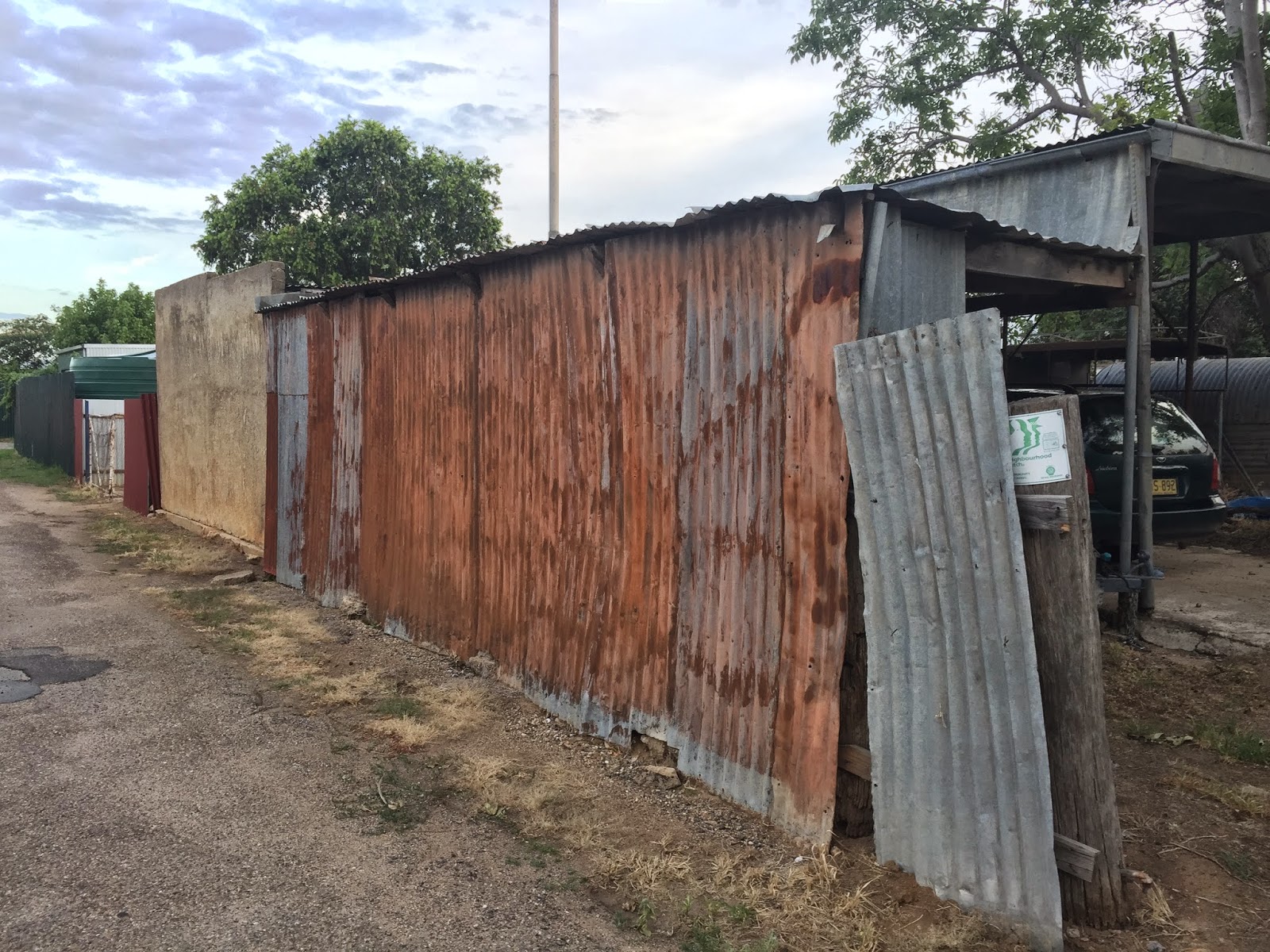Wrought iron is no longer produced on a commercial scale. They retain that description because in the past they were wrought (worked) by hand.
The word "wrought" is an archaic past participle of the verb "to work," and so "wrought iron" literally means "worked iron" as manufactured by a blacksmith.
Cast iron methods have been used since ancient times in China, but was not introduced to Western Europe until the fifteenth century.
Wrought iron reached its peak in the 18th century however cast iron and cheaper steel caused a gradual decline in the manufacture of wrought iron.
Mild steel is now the main material used for 'wrought iron' gates, mainly because true wrought iron is limited in its availability and generally the wrought iron available today is from reclaimed materials such as old bridges and anchor chains dredged from harbours.
One of the towns where I did photographic studies also has a number of lane ways, which I can only assume were for the removal of waste from outhouses. Strolling along these lanes I found a number of interesting ways of fencing boundaries.
It also provided glimpses into backyards.... something Im always interested to see. There was also an abundance of fruit trees laden under fruit - particularly apricots. I have never seen such big large fruit in my life!
This last image looks like an original wrought iron fence, it was found near a railway station. I particularly liked the way it was held together with metal pins.










































